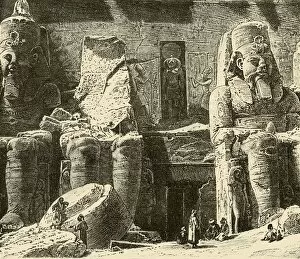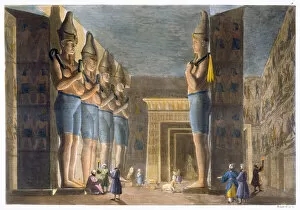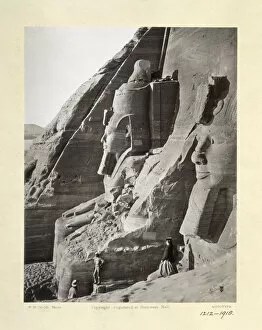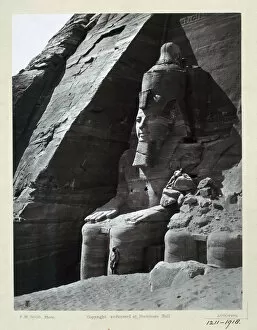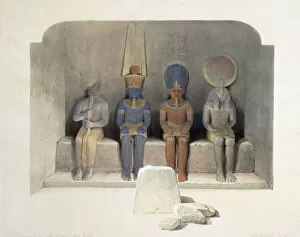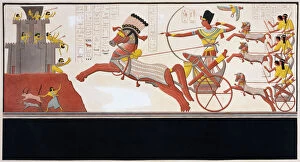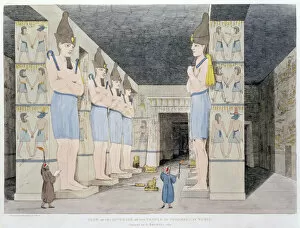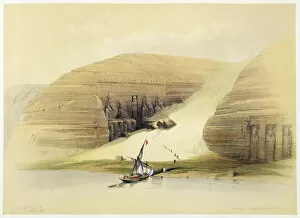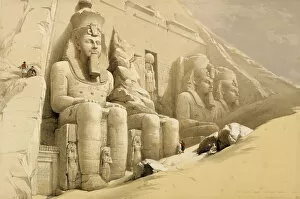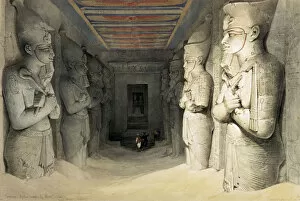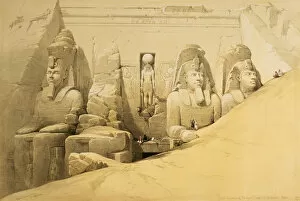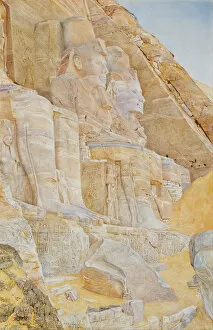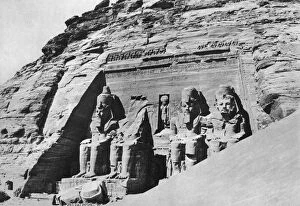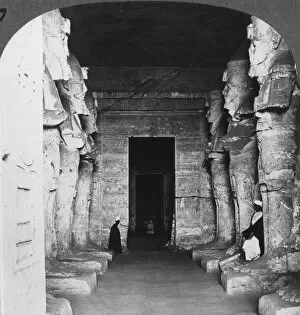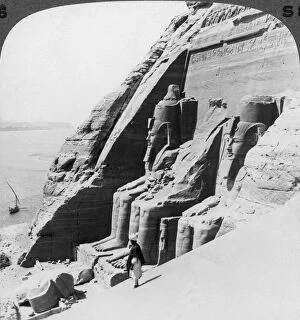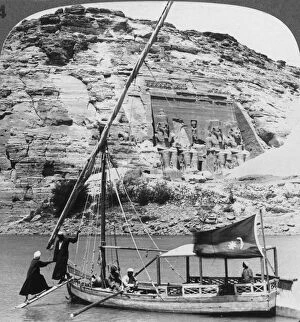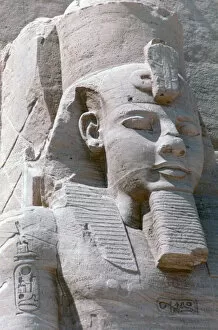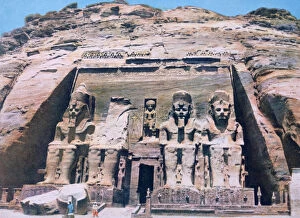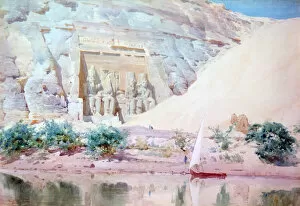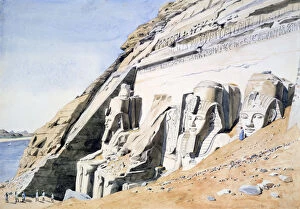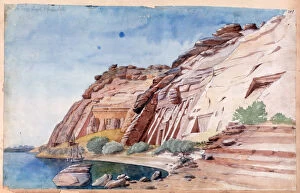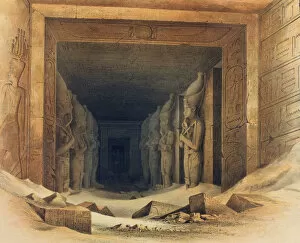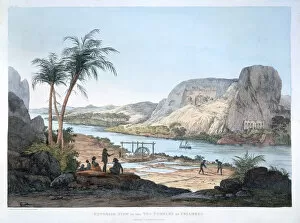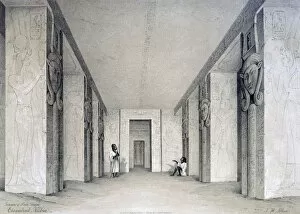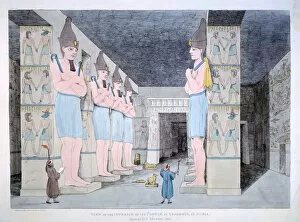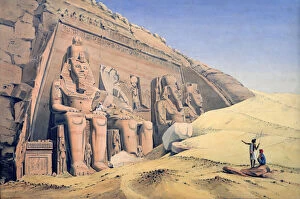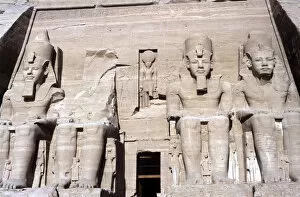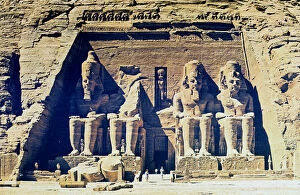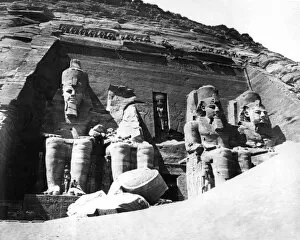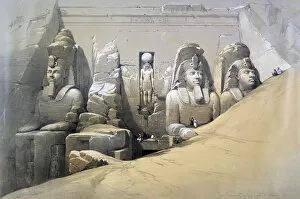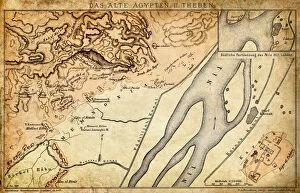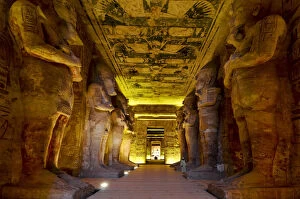Abu Simbel Collection (page 3)
Abu Simbel, a magnificent UNESCO World Heritage Site in Egypt's North Africa, is a treasure trove of ancient wonders
For sale as Licensed Images
Choose your image, Select your licence and Download the media
Abu Simbel, a magnificent UNESCO World Heritage Site in Egypt's North Africa, is a treasure trove of ancient wonders. As you step into the Great Temple of Ramses II, your eyes are immediately drawn to the awe-inspiring Colossi of Ramses II guarding its entrance. Floodlit at night, these colossal figures stand tall, exuding power and grandeur. Inside the temple, tourists marvel at the intricate sculptures that adorn its walls. A close-up view reveals the meticulous craftsmanship and attention to detail that went into creating this masterpiece. The Small Temple of Hathor for Queen Nefertari also captivates visitors with its beautifully lighted facade. As you explore Abu Simbel further, you encounter other mesmerizing sights like the Sun Temple and the Temple of Re-Herakhte. These architectural marvels were built by Ramses II himself and continue to amaze with their sheer size and historical significance. The site attracts tourists from all over the world who come to immerse themselves in Egypt's rich history and can be seen enjoying every moment as they take in the splendorous surroundings while standing before these ancient wonders. Abu Simbel not only showcases Egypt's glorious past but also offers glimpses into its vibrant present. The alabaster factory nearby boasts a highly decorated facade that reflects both tradition and modernity. This UNESCO World Heritage Site stands as a testament to human ingenuity and serves as a reminder of our shared cultural heritage. Abu Simbel continues to inspire awe in all those who visit it – an unforgettable journey through time amidst breathtaking beauty.

